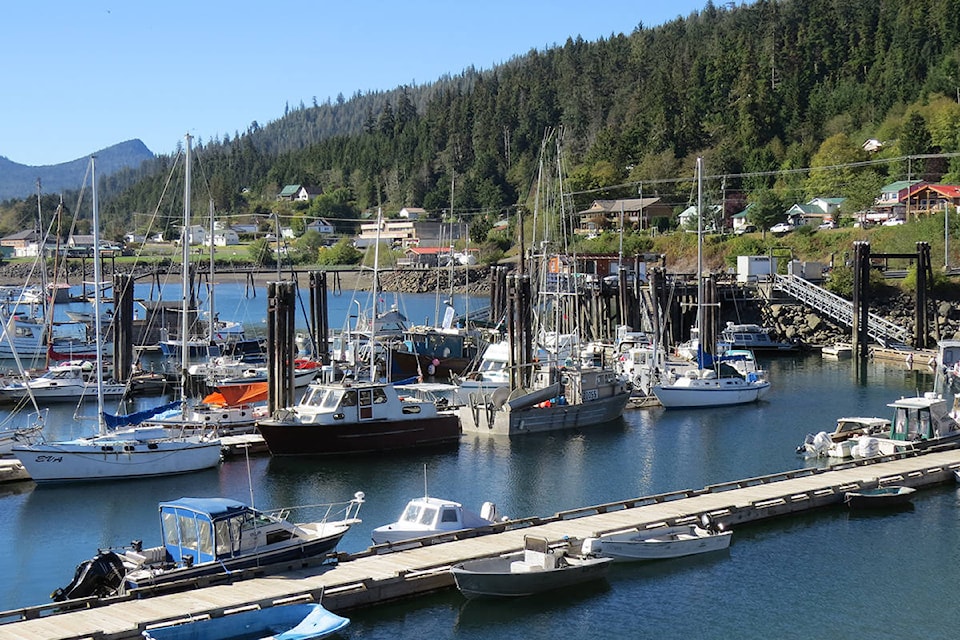Queen Charlotte is a little bigger than it seems.
Puzzled by how the village population fell to just 852 in the 2016 census despite a widespread housing shortage, Mayor Greg Martin asked Statistics Canada to review its data.
The federal agency said last week that 2016 census takers miscounted 15 households that didn’t fill out the questionnaire.
After a review, Queen Charlotte’s population was raised to an estimated 884 from 852, with a total of 411 homes that are occupied most of the year.
The census response rate in Queen Charlotte was “fairly good” in 2016, says Statistics Canada — at 96.2 per cent, it was very close to the B.C. average of 96.5 per cent.
When households fail to respond to the census questionnaire, census workers fill them out using data typical for other homes in the area. Such estimates are meant to prevent a lack of responses from skewing the overall result.
Mayor Martin greeted news of Queen Charlotte’s 32-person population swing, even if it doesn’t change the housing dilemma.
“Of course we still have a housing crisis here, but at least you know that in Queen Charlotte, you count!” he said.
Following the change, Queen Charlotte remains the most populous village on island, followed closely by Skidegate, which grew to 837 in the latest census.
The change means that the total census population of regular Haida Gwaii residents rose to 4,230 from 4,198. Twenty years earlier, Haida Gwaii’s population stood at 5,598.
